In the dynamic world of art, charcoal drawing holds a revered place for its profound simplicity and the depth it brings to illustrations. This age-old medium, celebrated for its stark contrasts and delicate gradations, continues to evolve, embraced by a new generation of artists who push its boundaries. Emerging talents in the field are redefining this classical form, bringing fresh perspectives and innovative techniques to the forefront. Let’s shine a light on some of the emerging charcoal drawing artists whose works are not only captivating audiences but also signaling a vibrant future for this venerable art form.
Redefining Boundaries with Technique
Innovating with Charcoal
In the hands of emerging artists, charcoal is not just a medium for replicating the world with striking realism; it has become a tool for innovation. Artists like Emma Towers-Evans and Jonas Wood merge traditional charcoal drawing techniques with digital processes or unconventional materials to produce art that challenges our perceptions. Emma’s work, characterized by its ethereal quality and depth, explores human emotions and the subtleties of expression. Meanwhile, Jonas experiments with abstract forms and vibrant contrasts, demonstrating charcoal’s versatility beyond its conventional uses.
Blending Traditions for Modern Narratives
Artists are increasingly blending charcoal with other mediums such as acrylic, watercolor, or digital overlays to create multidimensional pieces that tell modern narratives. This fusion of mediums allows artists like Liang Xiao to convey complex stories through textured layers and nuanced tones, utilizing the best of each medium’s qualities to enhance the storytelling. This creative liberty broadens charcoal’s appeal and opens new avenues for artistic expression.
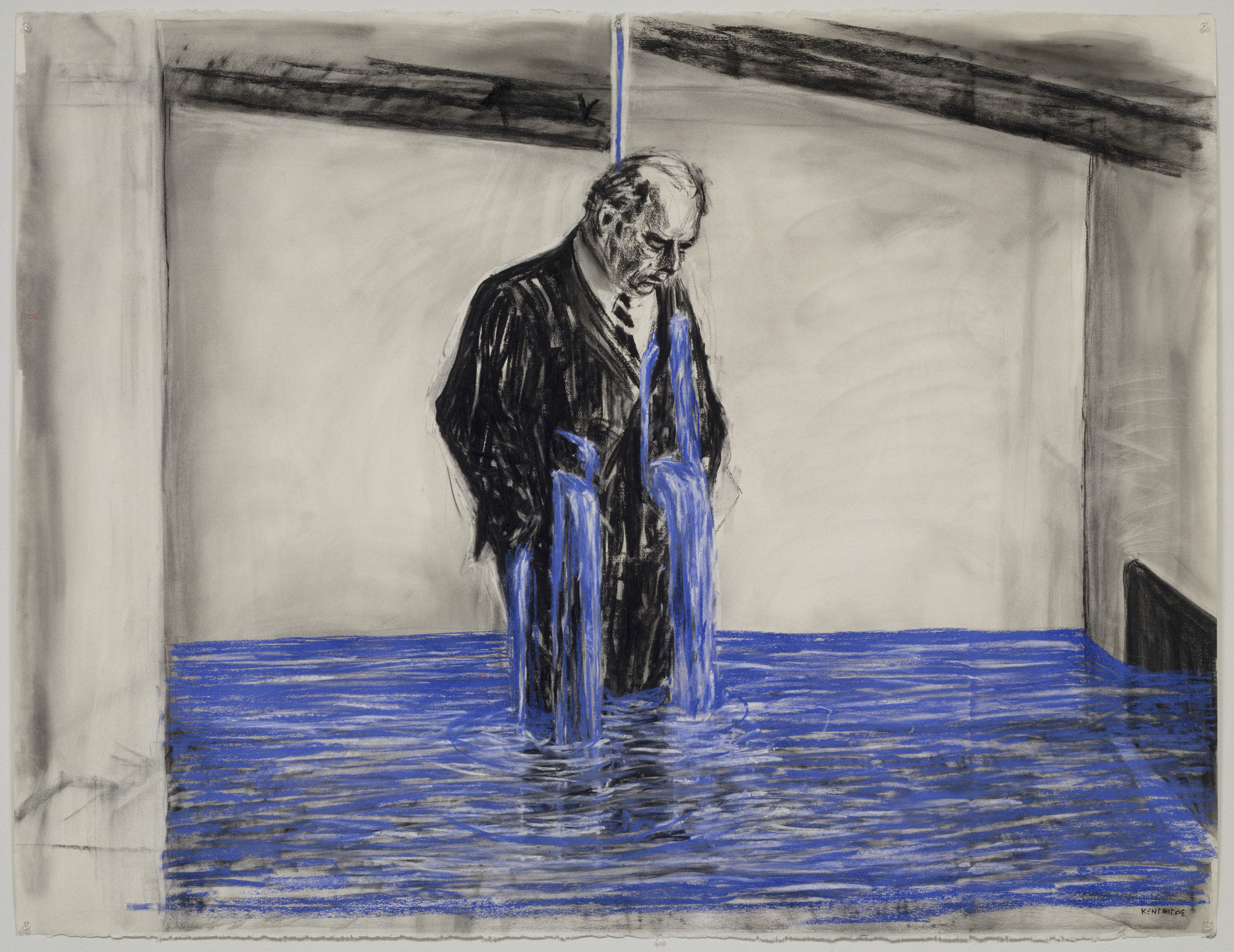
Capturing the Essence of Our Times
Social Commentary Through Charcoal
Many emerging charcoal artists use their work as a platform for social commentary, directly engaging with contemporary issues through their pieces. Artworks by Zoë Frank offer insightful critiques on environmental concerns, social justice, and the human condition, using the boldness of charcoal to highlight contrasts between the subjects she portrays and their contexts. Such artists employ charcoal not just for its visual appeal but as a means to provoke thought and dialogue about pressing global issues.
The Personal as Political
In an era where personal stories can reflect broader societal truths, artists like Kiera O’Toole explore identity, memory, and displacement through their charcoal works. Kiera’s drawings often feature haunting landscapes and figures that seem to emerge from the shadows, inviting viewers to reflect on their own experiences and the collective memory. Through these intimate portrayals, emerging artists demonstrate how personal narratives can resonate on a universal scale, making the personal political.
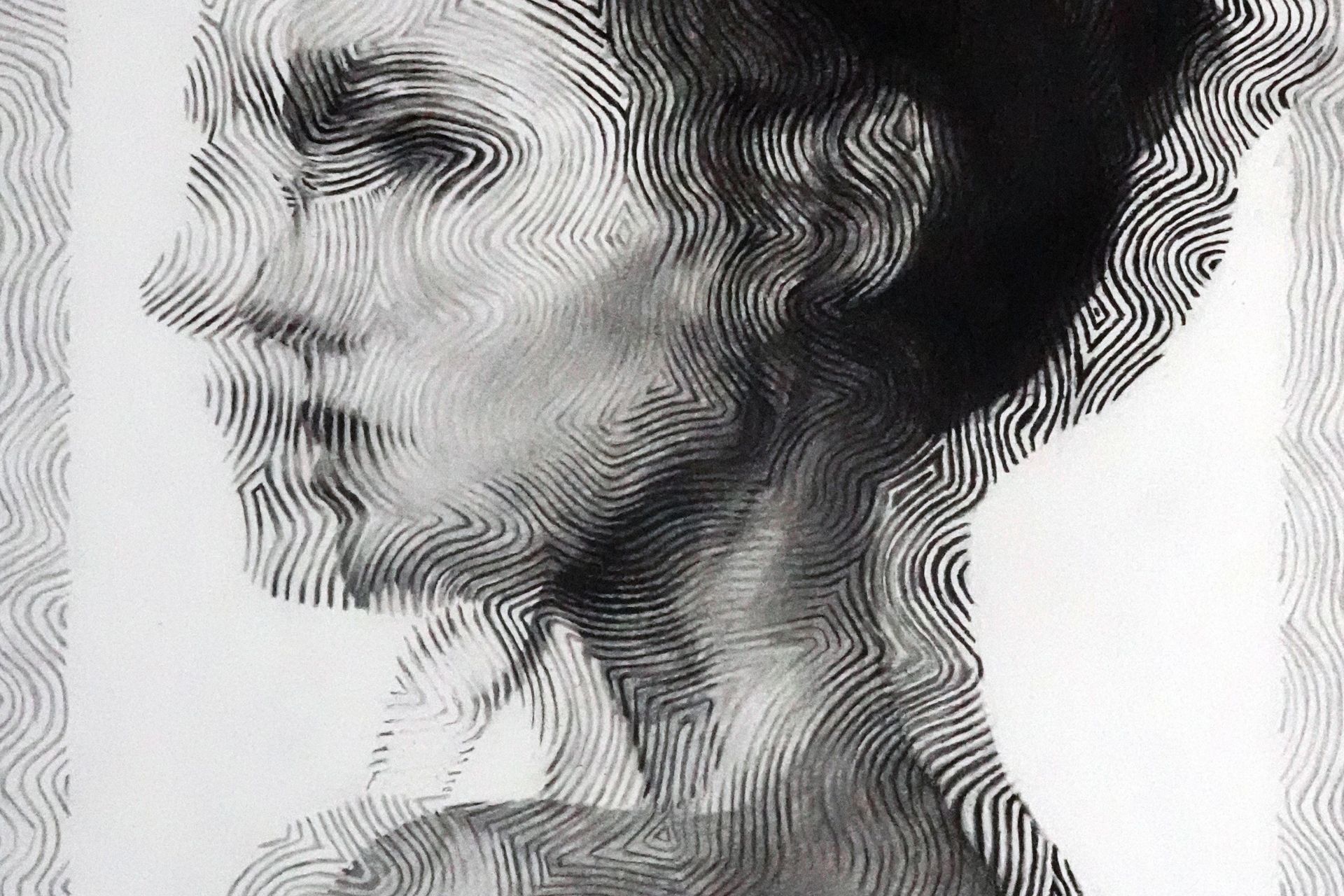
Embracing the Digital Realm
Charcoal in the Age of Instagram
Social media platforms, particularly Instagram, have become pivotal in showcasing the dynamism of charcoal art to a global audience. Young artists like Ethan Murrow utilize Instagram to share time-lapse videos of their drawing process, providing insights into the meticulous techniques behind their creations. This digital exposure not only highlights charcoal drawing’s relevance in contemporary art but also inspires a new generation of artists and enthusiasts to explore its potential.
Virtual Galleries and Online Exhibitions
The rise of virtual galleries and online exhibitions has democratized access to art, allowing emerging charcoal artists to reach wider audiences without the constraints of geographical boundaries. Platforms like ArtStation and DeviantArt serve as digital arenas where artists can display their works, participate in global exhibitions, and engage with communities of fellow artists and critics. This digital shift has significantly bolstered the visibility of charcoal drawing, presenting it as a vibrant and evolving form of artistic expression.
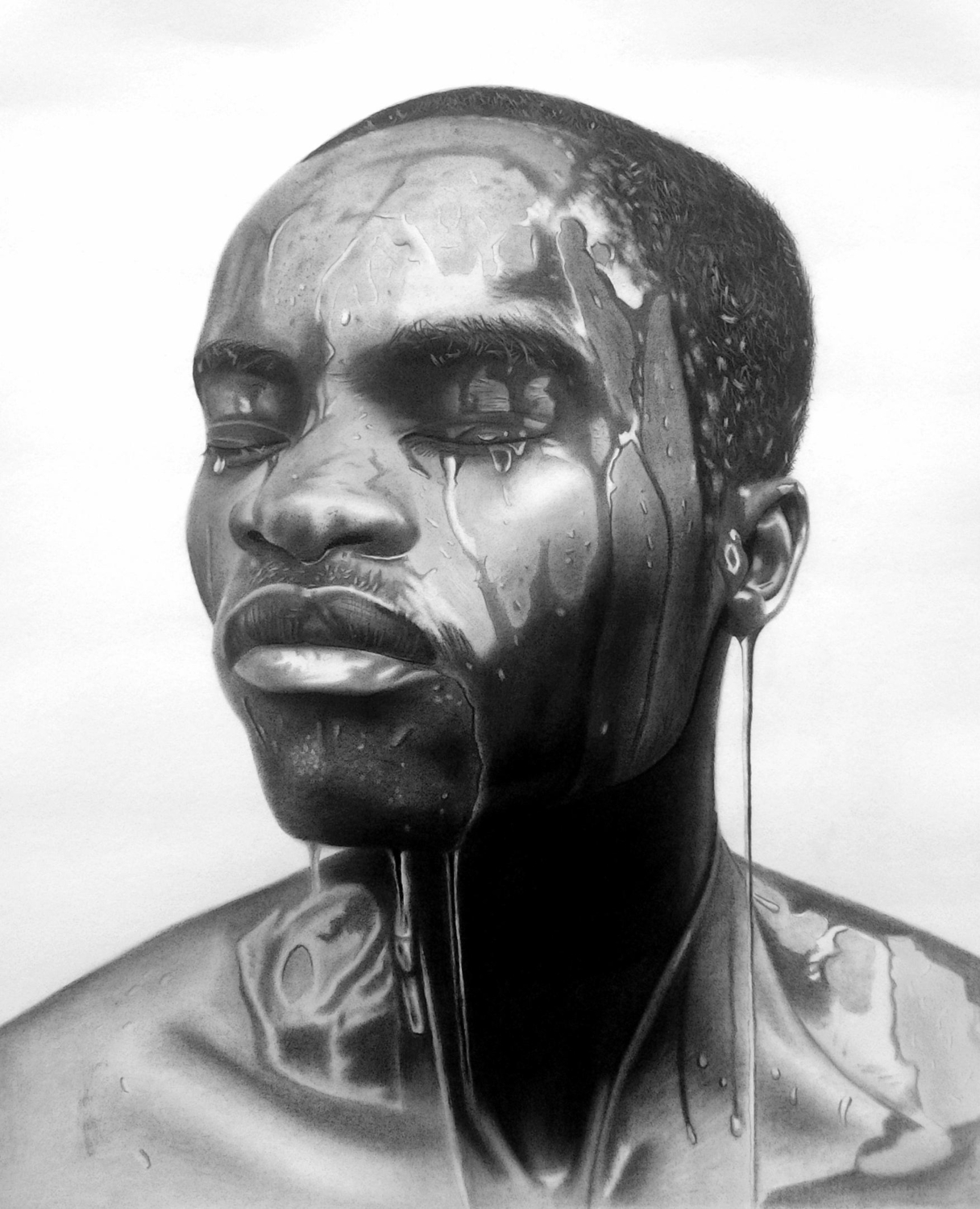
Towards a Sustainable Artistic Practice
Eco-Friendly Charcoal and Artistic Responsibility
As awareness about environmental sustainability grows, emerging artists are increasingly mindful of the ecological impact of their materials. Artists like Sinead Aldridge are turning to eco-friendly and ethically sourced charcoal, aligning their artistic practice with a commitment to sustainability. This conscientious choice not only reflects a broader trend towards responsible art-making but also inspires others in the community to consider the environmental footprints of their creative processes.
Community Engagement and Collaborative Projects
Beyond individual pursuits, emerging charcoal artists are actively engaging in community projects and collaborative art initiatives, underscoring the power of art to connect and heal. By participating in workshops, art therapy sessions, and community murals, artists wield charcoal as a tool for social engagement, highlighting its capacity to foster community ties and support mental well-being.
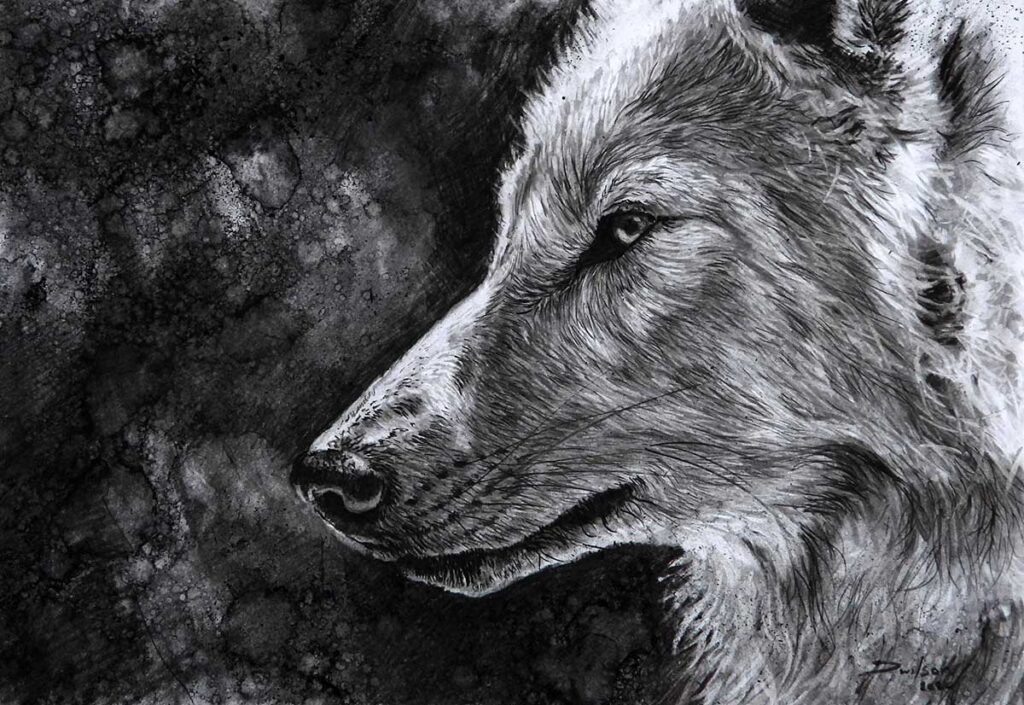
Fostering Growth Through Education
Workshops and Masterclasses
Emerging charcoal artists frequently credit their growth to the mentorship and knowledge acquired through workshops and masterclasses. Visionaries in the field, such as Gwyneth Paltrow, offer classes on charcoal drawing. These classes delve deep into the nuances of charcoal. They teach everything from basic handling to advanced texturing techniques. These educational settings provide fertile ground for budding artists. They help artists refine their skills. They encourage artists to experiment with new styles.
Online Learning Platforms
In today’s digital age, learning has transcended physical boundaries. Platforms such as Skillshare and Udemy offer comprehensive courses on charcoal drawing taught by experienced artists. This convenience allows learners from all over the world to access the wisdom of established figures in the art realm, thus nurturing the next wave of charcoal artistry. Online forums and critique sessions further amplify this learning experience, fostering a supportive community where artists can share feedback and grow together.
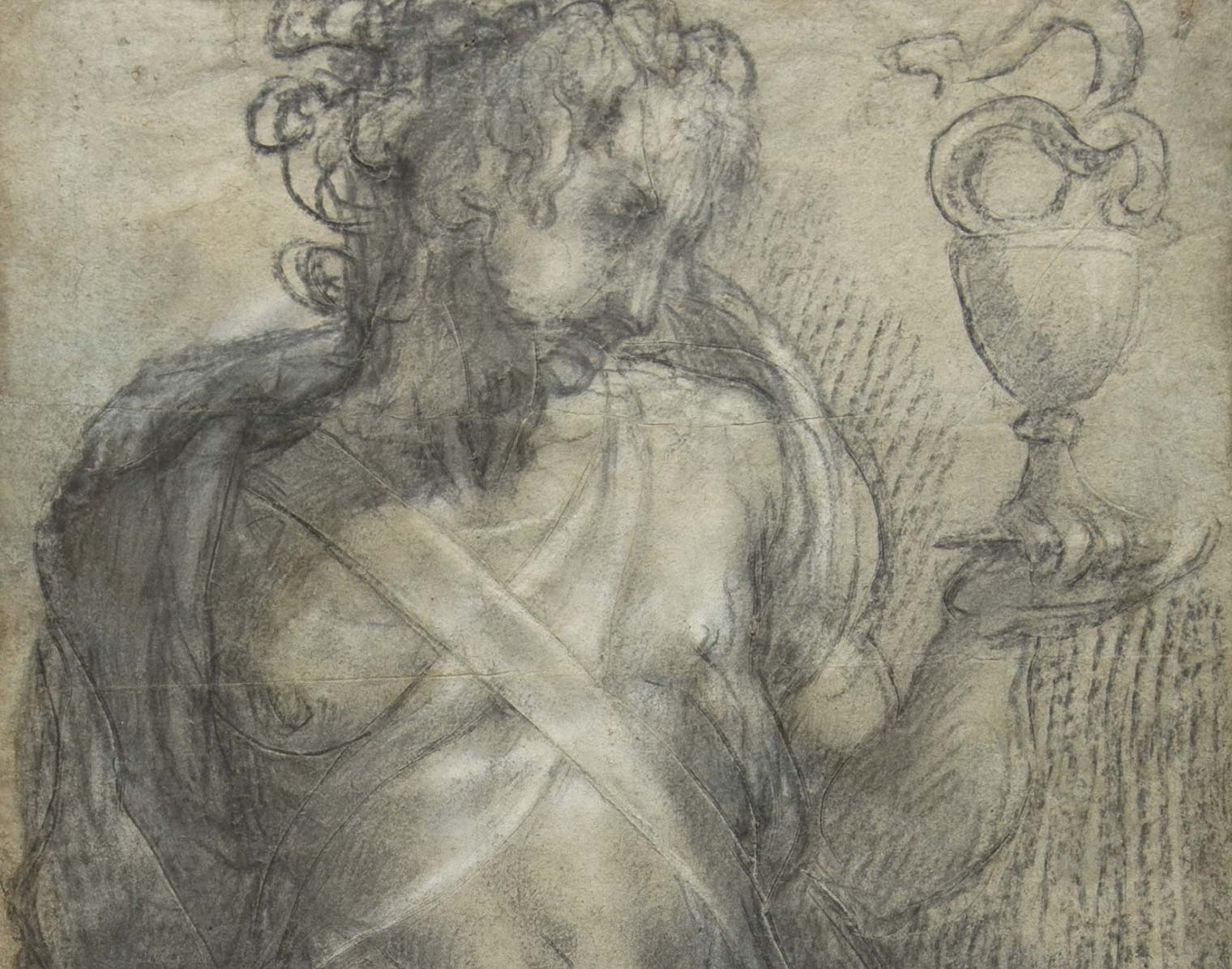
Bridging Charcoal Art and Technology
Combining Traditional Skills with Modern Tech
The evolution of art is continuously shaped by advancements in technology, and charcoal drawing is no exception. Forward-thinking artists are merging time-honored charcoal techniques with digital tools to stunning effect. They use software to simulate charcoal effects or enhance their hand-drawn pieces, creating a hybrid art form that honors tradition while embracing the future. This intersection of the old and new attracts a diverse audience and sparks conversations about the limitless possibilities of art.
Tech-Driven Accessibility and Preservation
Technology also plays a crucial role in ensuring the longevity and accessibility of charcoal artworks. High-resolution scanning and digital archiving allow for the preservation of detailed artwork for posterity. Furthermore, technological innovations provide artists with platforms. These platforms are for marketing and distributing their work universally. This offers greater financial sustainability and artistic recognition. Art buyers and enthusiasts can view, purchase, and display charcoal creations with unparalleled ease, no matter where they are. This sustains the growth of the art form and its practitioners.
In conclusion, the thriving community of emerging charcoal drawing artists is a testament. It speaks to the enduring allure and adaptability of this medium. Through innovative techniques, these artists make strides. Poignant narratives enrich their work. Digital engagement expands their reach. A commitment to sustainability guides their practice. These artists elevate charcoal drawing to new heights. They ensure its relevance in a rapidly changing world. As we spotlight these talented individuals, we celebrate. We celebrate the continuation of a rich artistic tradition. We anticipate the exciting directions charcoal drawing will take. This journey is in the hands of a gifted new generation.